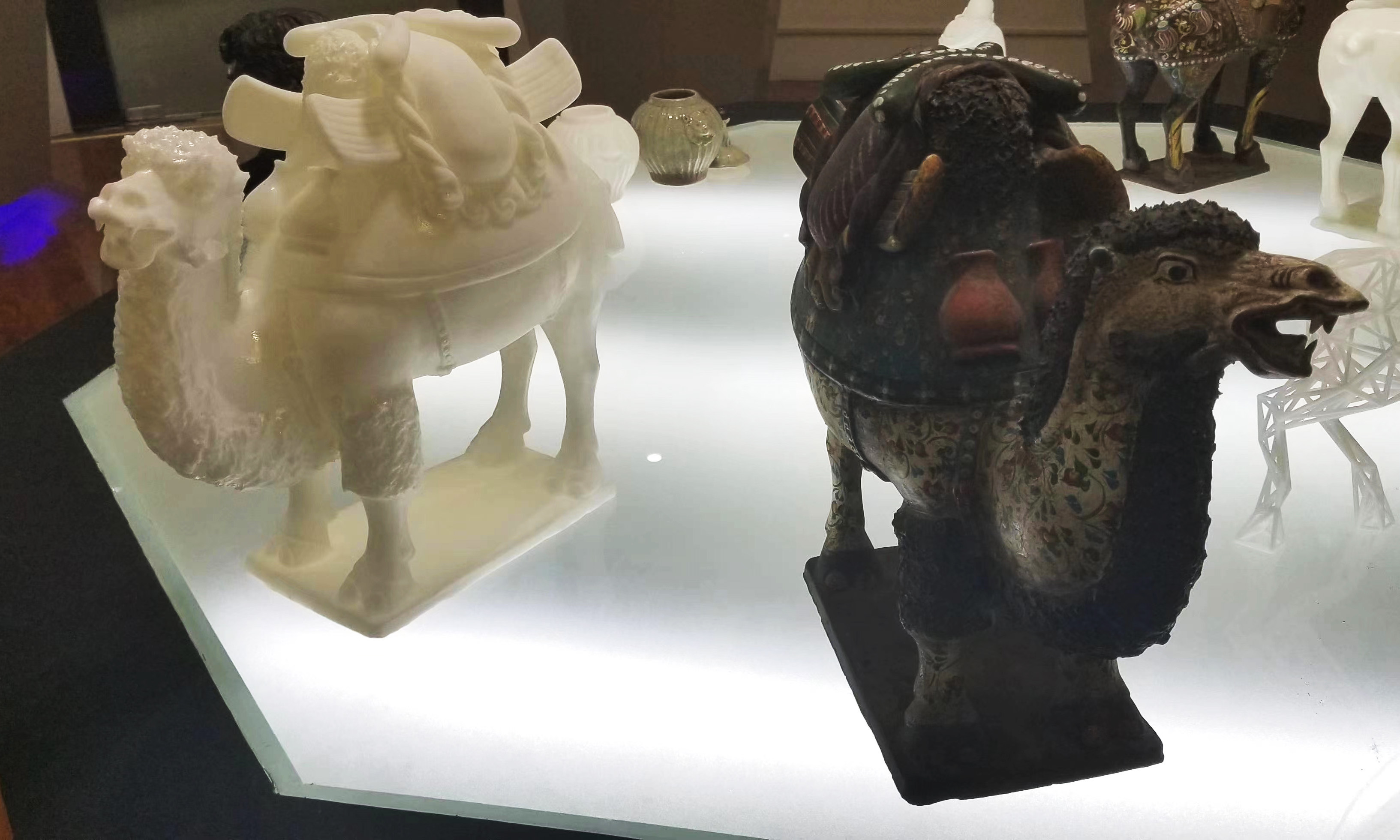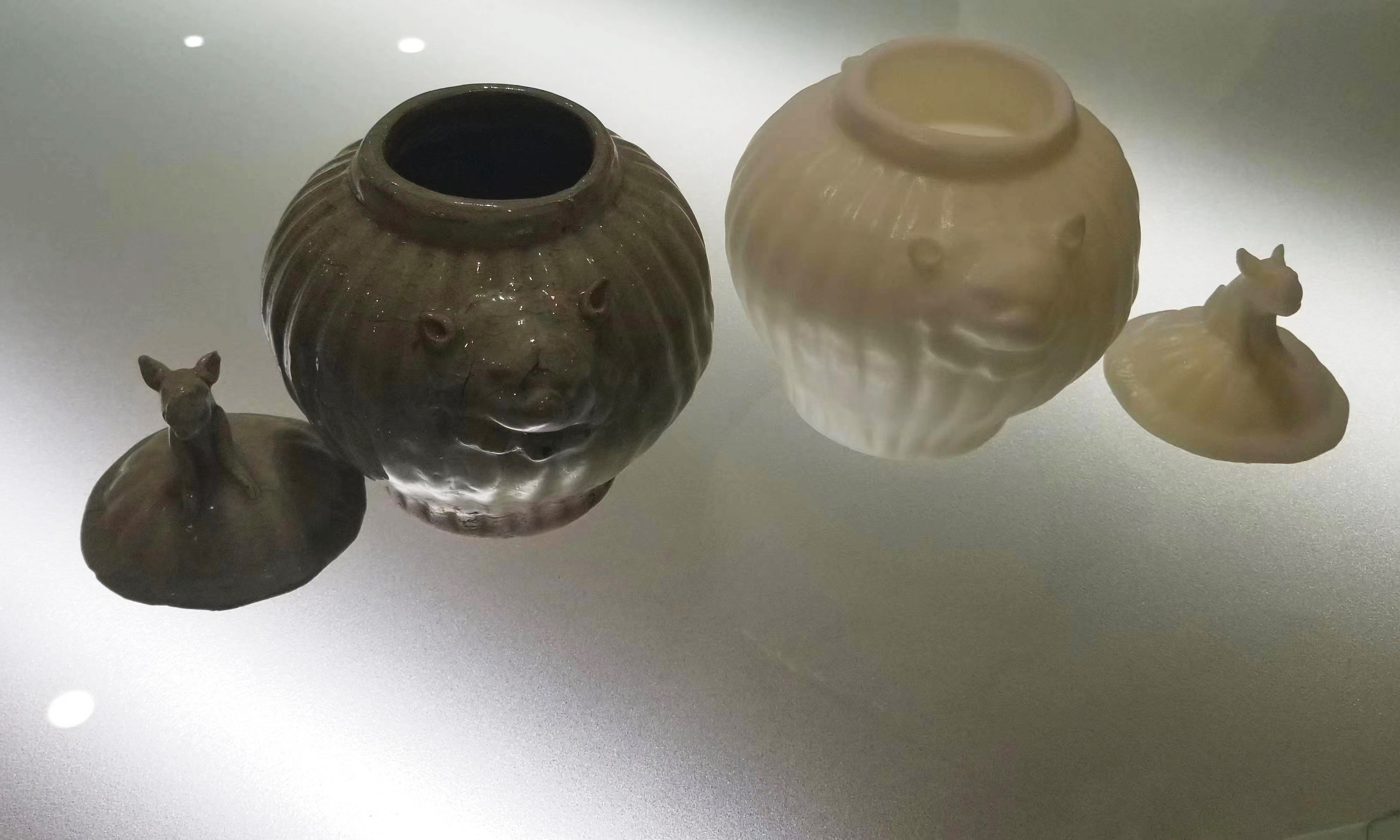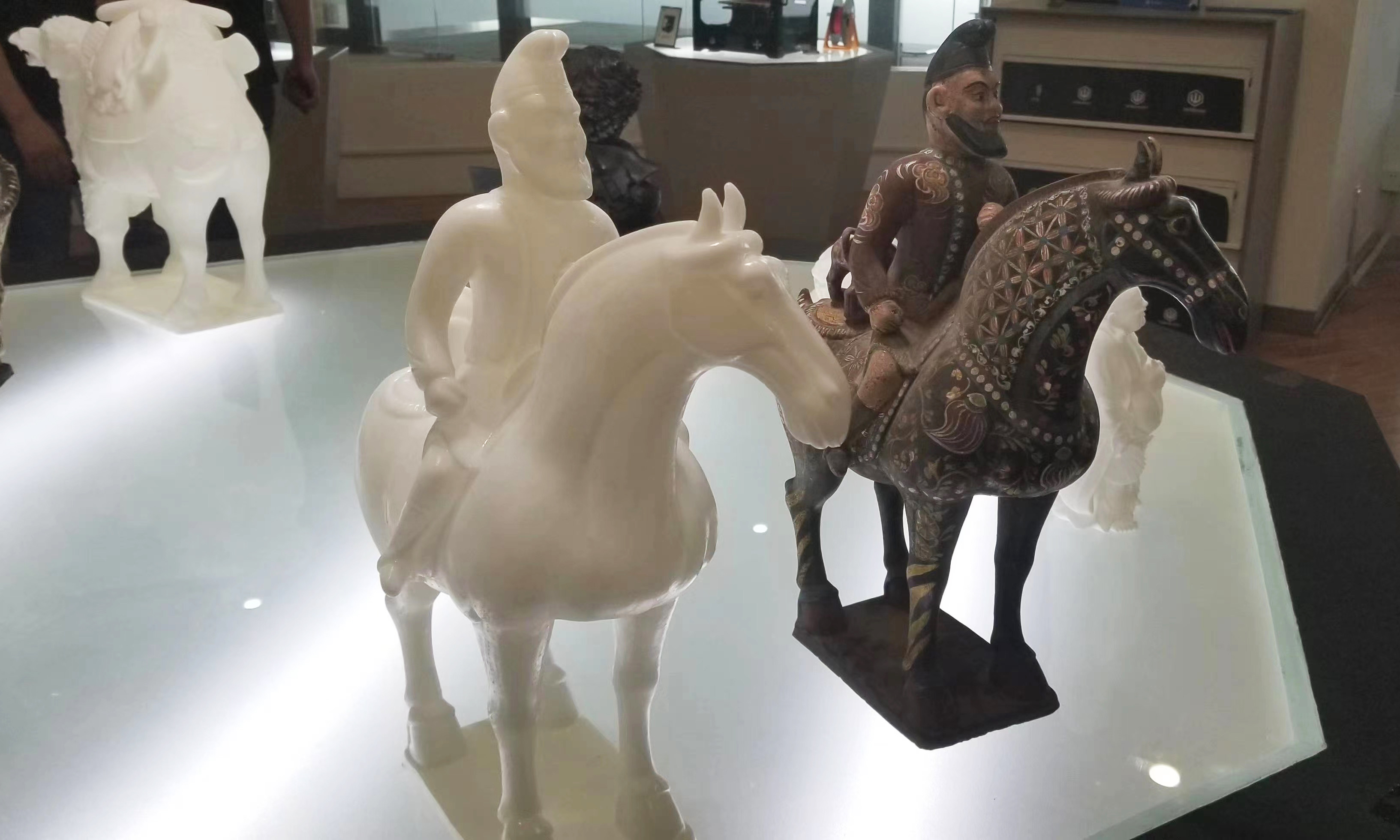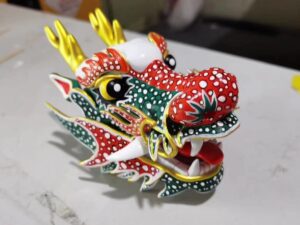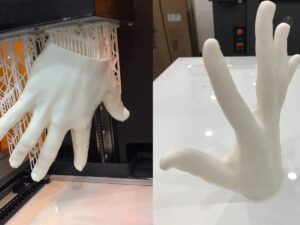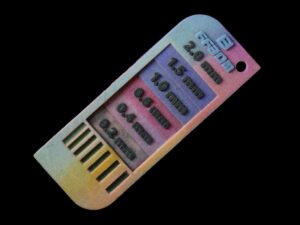SLA 3D Printed 1:1 Resin Replica of Museum Exhibits
Posted on 2020-09-28 in Art ┬Ę Ķē║µ£»
Gallery
About Project
While 3D printing is usually used for creating new designs, it’s also applied to reproduce existing objects, like the museum collection. It gives museums the ability to make collections available to more people. Blind and visually impaired visitors can experience exhibitions in a new way. Curators can have the opportunity to take 3D models out to schools, hospitals, retirement homes, and more. This will help to reach people who might not otherwise visit the museum. 3D printing can also be used as an extra method of preserving and safeguarding collections.
Museum staff used a high-precision scanner to take 3D scans of the sculptures and sorted the files. Then we printed the 1:1 replica with SLA Generic Resin HD.
Solution
- Step 1: 3D scan the original exhibits with a handhold high-precision 3D scanner, which eliminates the shortcomings of the structured 3D scanner. No powder spray process is needed, no high requirements for environment and light, no time-consuming and low-efficient preliminary work.
- Step 2: After adding supporting structure, print the 3D model with an SLA 3D printer using SLA Generic Resin HD.
- Step 3: Clean the model and post-cure it with UV. Then remove the marks with tweezer and grater.
